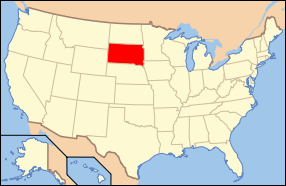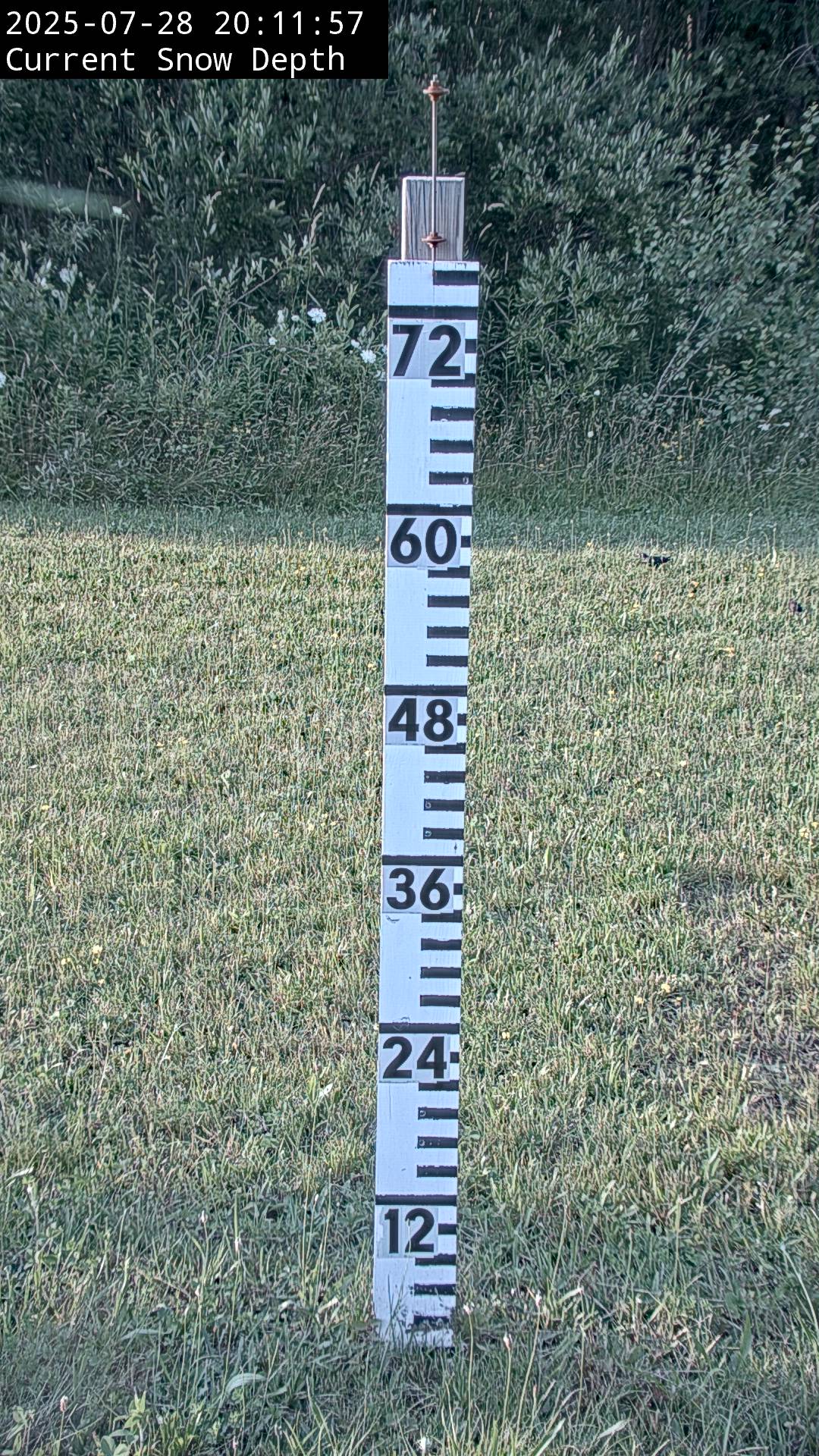South Dakota is
a Midwestern state in the United States. It is named after the Lakota
and Dakota (Sioux) American Indian tribes. South Dakota was admitted
to the Union on November 2, 1889. (North Dakota was admitted on
the same day.) Located in the north-central United States, South
Dakota is bisected by the Missouri river, dividing the state into
two socially and economically distinct halves, known to residents
as "east-river" and "west-river."
In the southwestern portion
of the state rise the Black Hills, a group of low, pine-covered
mountains. A region of great religious importance to local American
Indians as well as a major draw for the state tourism industry,
the Black Hills are also the location of Mt. Rushmore, probably
the best-known location in the state and a widely-used unofficial
symbol of South Dakota. Historically dominated by an agricultural
economy and a rural lifestyle, South Dakota has recently sought
to diversify its economy in an effort to attract and retain residents.
The state is still largely
rural, though, with one of the lowest population densities in the
United States.[2] The centrally-located city of Pierre serves as
the state capital, and Sioux Falls, with 145,000 people, is the
largest city in the state.







